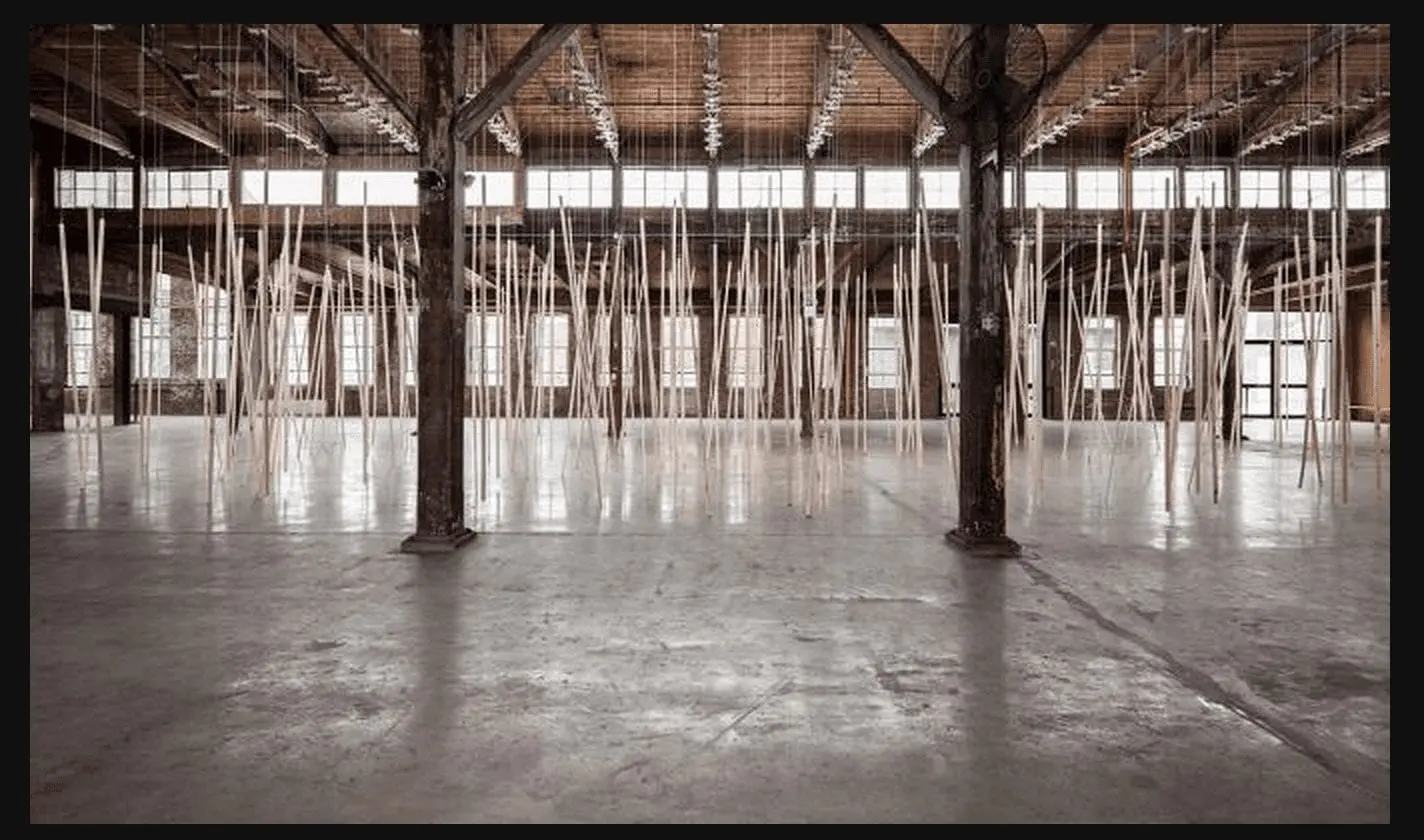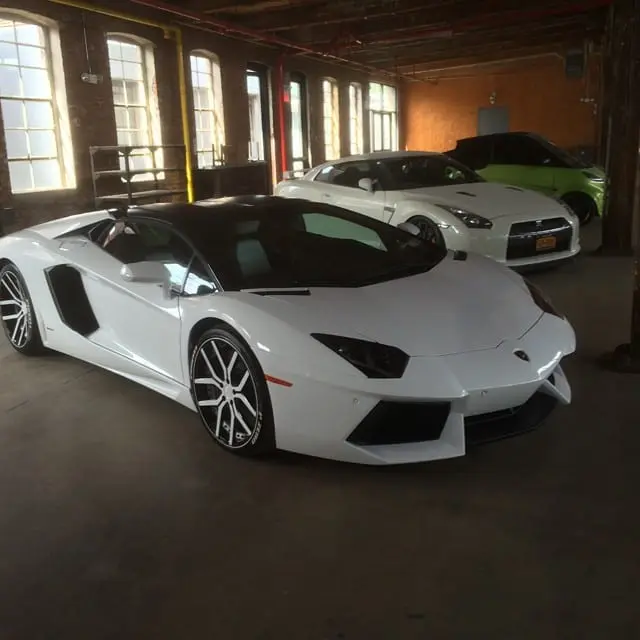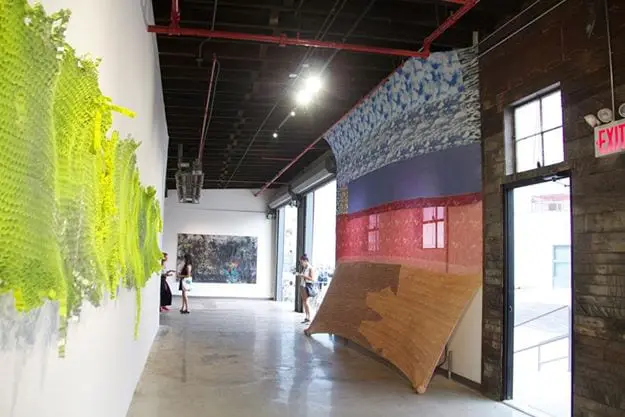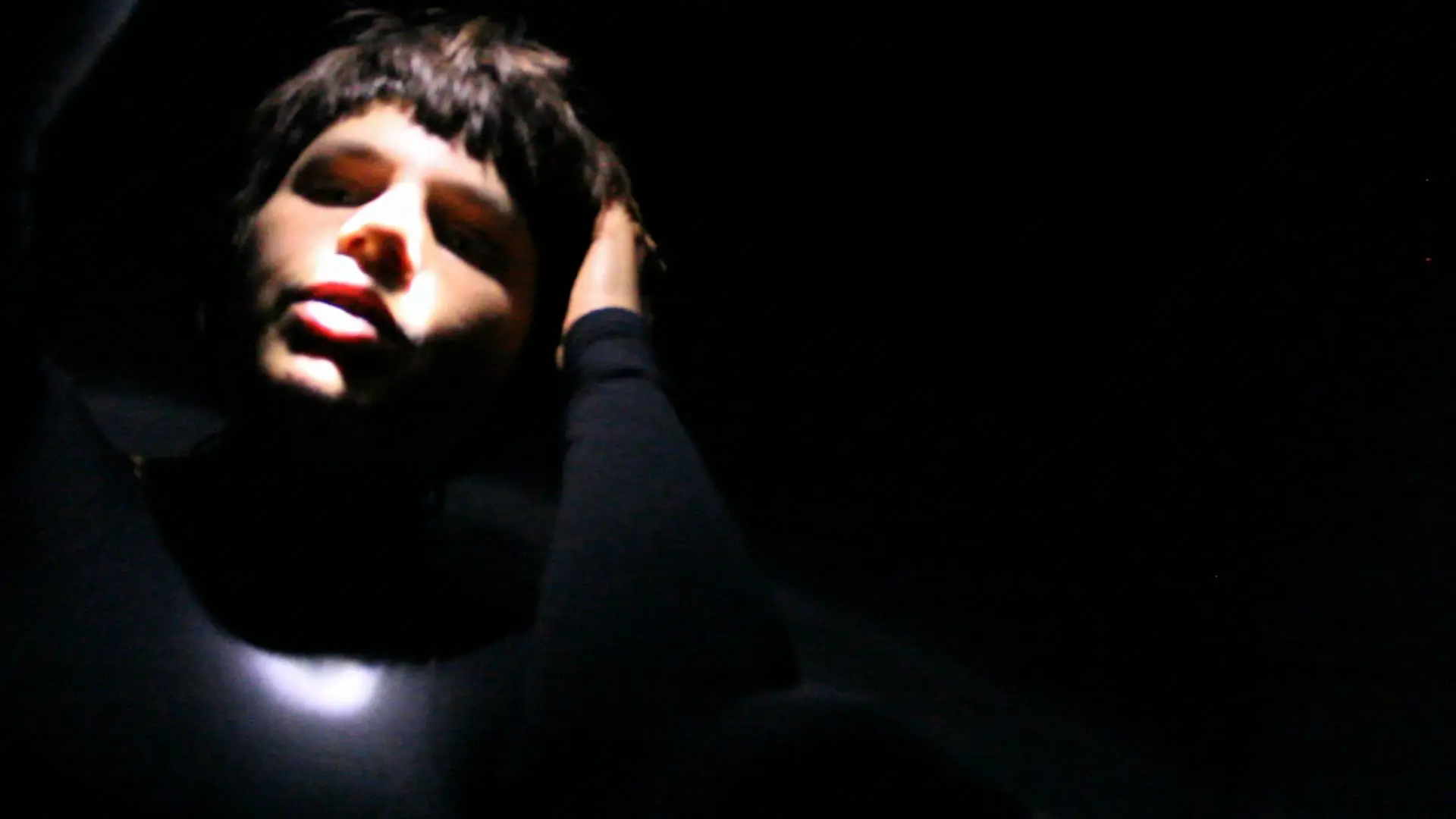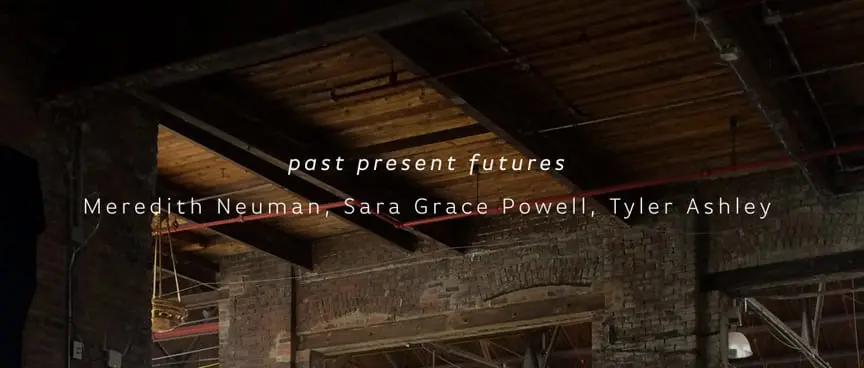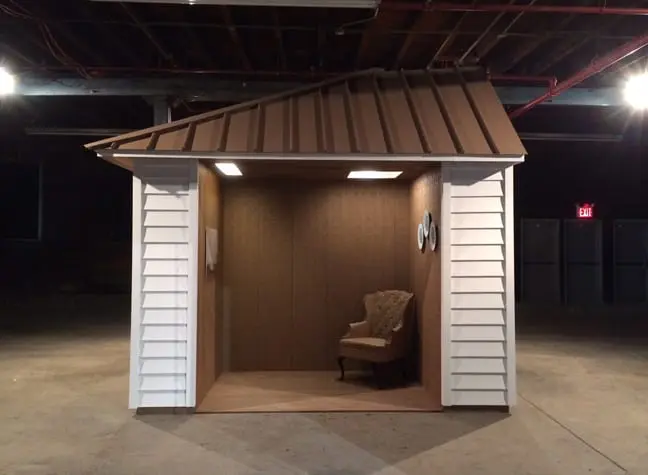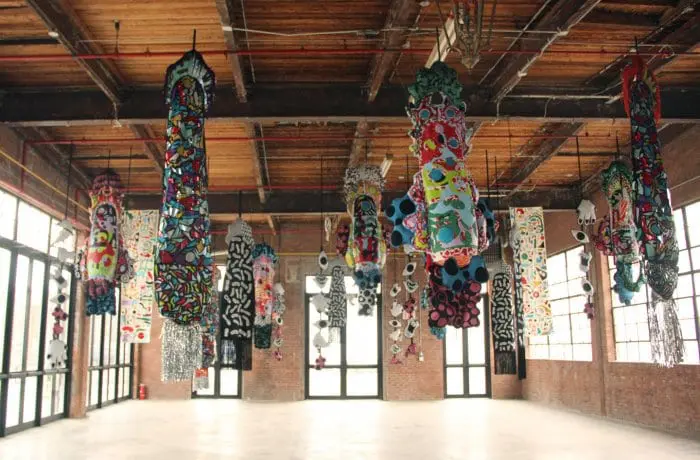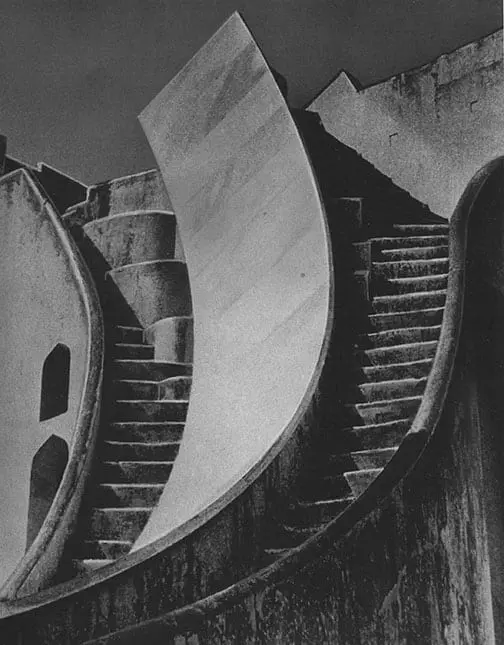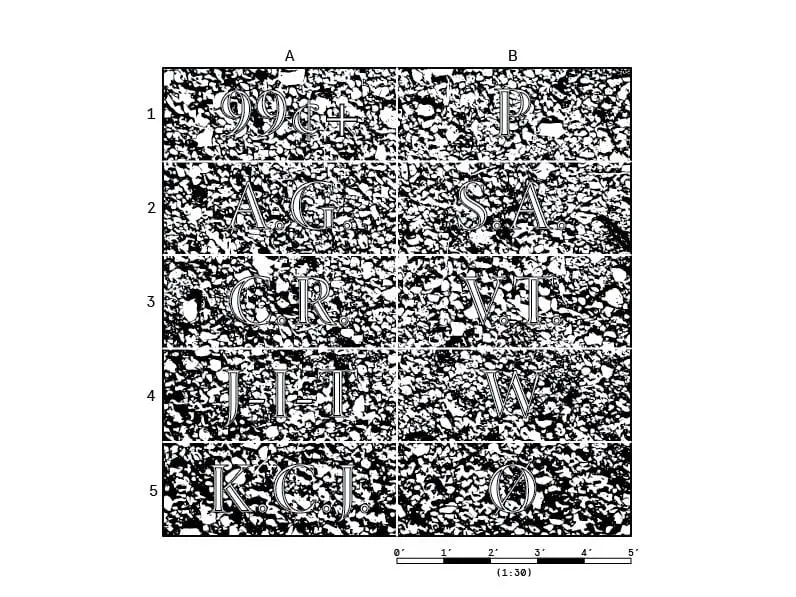
In partnership with Knockdown Center, Sorry Archive presented And the Villagers Never Liked You Anyway, an archaeological excavation of a 10’x10’ bed of dirt overseen by Dr. Ulf Hueber. The space was gridded into 10 plots, each with its own curator. The plots acted as experimental test pits for heterogeneous creative practices.
Exhibitions are historical sites: they reveal with varying degrees of transparency the events and personalities that produced them. A wide range of curatorial perspectives are situated here within the same set of physical constraints. The objects that emerge are not emblems. They are substances articulated over time and forced into tight quarters, and their materiality cannot be ignored.
Sorry Archive’s scientific approach to this exhibition aimed to reorient viewers in their relationship to art objects. Viewers became excavators, grounded in the real, negotiating strata of cause and effect. Yet they were faced with an array of microcosmic histories and impossible mythologies. There could be no endpoint of knowledge gathered from this paradoxical dig, where factual time was altogether disturbed. New works fell into seeming ruin. Gaps in knowledge pocked all surfaces with expanses of the unknowable. This site was populated with artifacts of the future, a reverse archaeology of the present.

